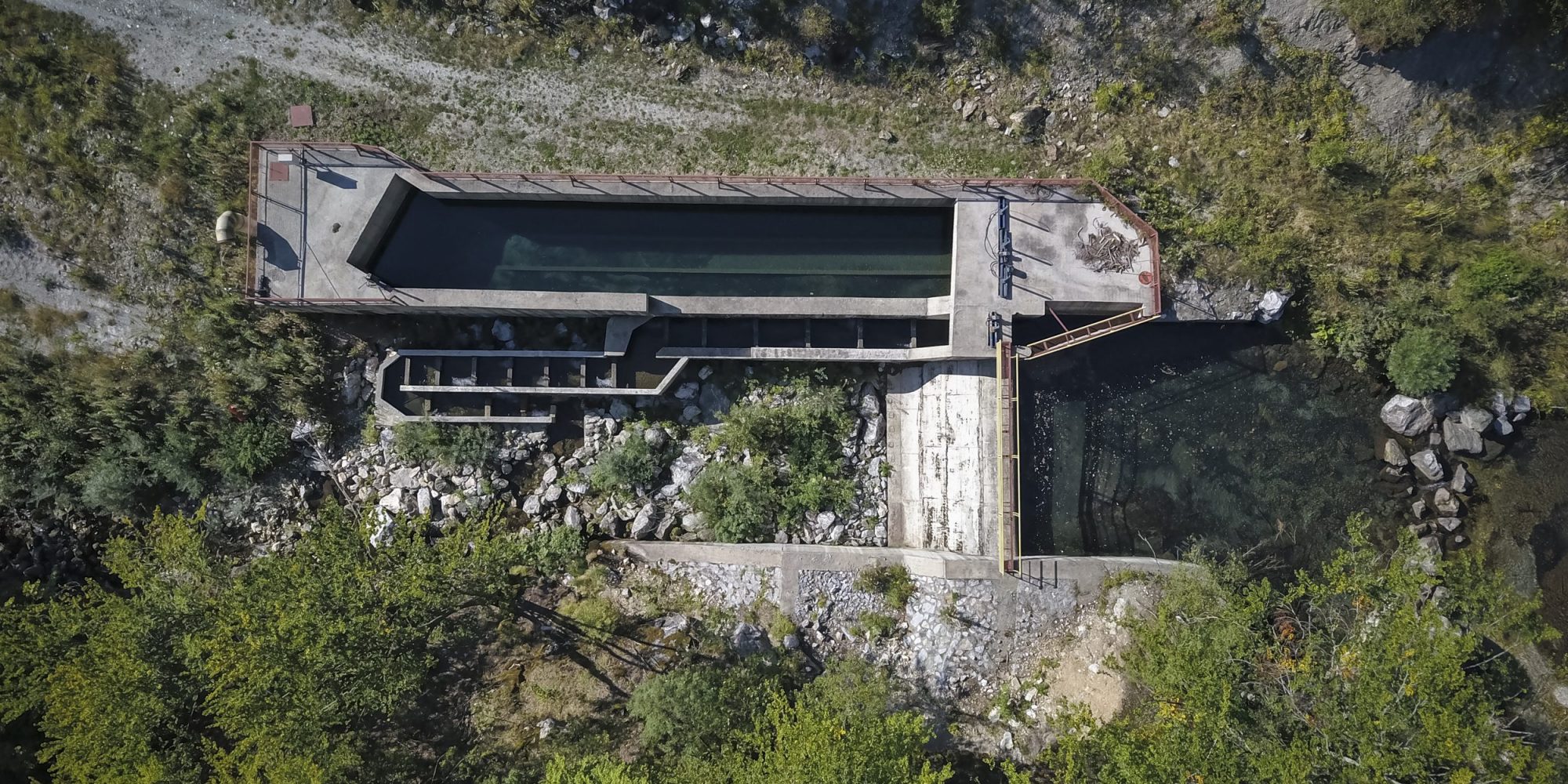Western Balkans hydropower: who pays, who profits?

The Tresonecka hydropower plant in the Mavrovo National Park. Photo by Katja Jemec of Balkan River Defence
Study | 25 September 2019
In the last decade, a wave of hydropower construction in the Western Balkans has caused ever-increasing public outcry. Large hydropower projects have long caused public resistance, but the mushrooming of smaller plants of less than 10 megawatts (MW) in remote and often ecologically sensitive areas has intruded into communities across the region, causing a wave of protests and blockades. One of the main drivers of the destructive small hydropower boom in the Western Balkans is the availability of public financial support in the form of feed-in tariffs. Originally foreseen as a means to boost all forms of renewable energy, including solar and wind, in the Western Balkans feed-in tariffs have been disproportionately directed towards small hydropower plants.
In 2018, 70 per cent of renewable energy support in the Western Balkans benefited small hydropower. Yet small hydropower’s contribution to electricity generation is extremely modest: In 2018, only 3.6 per cent of electricity in the Western Balkans was generated by hydropower plants under 10 MW.
- Download the Serbian version of the study here.
- Download the Bosnian version of the study here.
Never miss an update
We expose the risks of international public finance and bring critical updates from the ground. We believe that the billions of public money should work for people and the environment.
STAY INFORMED
